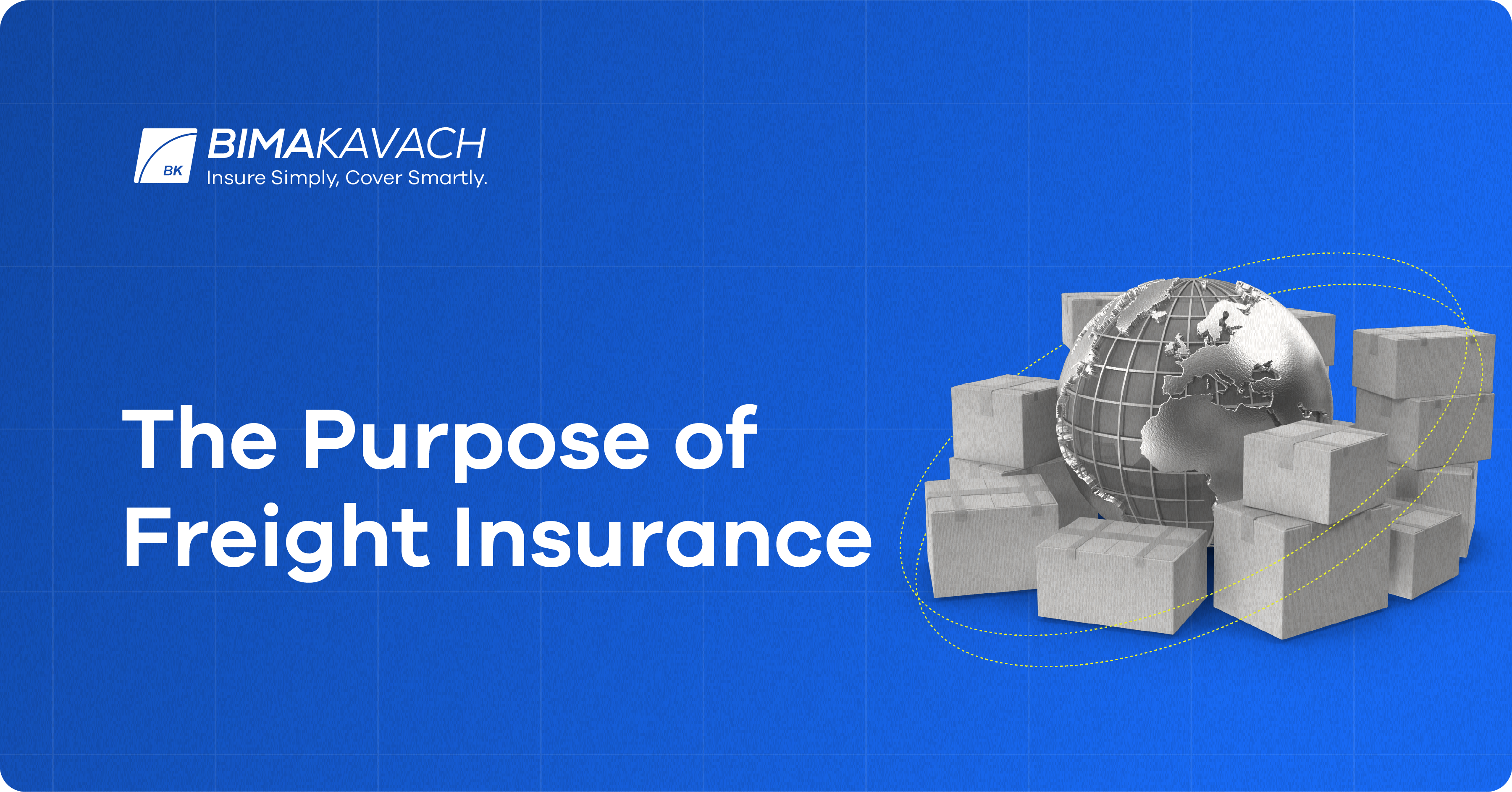How Pacific Prime can Save You Time, Stress, and Money.
How Pacific Prime can Save You Time, Stress, and Money.
Blog Article
The Pacific Prime Diaries
Table of ContentsPacific Prime Fundamentals ExplainedWhat Does Pacific Prime Do?Some Known Facts About Pacific Prime.Fascination About Pacific Prime
In many states, the insurer is called for to send you a copy of the adjustments to your plan. It is necessary that you read Endorsements or Riders so you comprehend exactly how your policy has transformed and if the plan is still sufficient to meet your requirements. To acquire a copy of your insurance plan, please call your insurance policy agent or company.
The Institute of Medicine (IOM) Committee on the Effects of Uninsurance launches an extensive exam of proof that addresses the importance of medical insurance coverage with the magazine of this record. Protection Issues is the very first in a collection of 6 records that will be issued over the following 2 years recording the truth and consequences of having an estimated 40 million individuals in the USA without medical insurance protection.

7 Easy Facts About Pacific Prime Explained
The objective of this collection of research studies is to redouble policy attention on a historical issue. Following the lengthiest financial growth in American history, in 1999, an estimated one out of every 6 Americans32 million grownups under the age of 65 and greater than 10 million childrenremains uninsured (Mills, 2000).

10 percent of the population make up 70 percent of healthcare expenses, a correlation that has continued to be consistent over the previous three decades (Berk and Monheit, 2001) - expat insurance. Therefore medical insurance remains to serve the function of spreading out danger also as it significantly finances routine care. From the viewpoint of health treatment service providers, insurance coverage carried by their people helps protect a revenue stream, and neighborhoods gain from financially sensible and secure wellness care experts and organizations
Government provides medical insurance to populations whom the private market may not offer successfully, such as disabled and seniors, and populaces whose access to wellness treatment is socially valued, such as youngsters and expecting females. The utmost ends of medical insurance protection for the individual and neighborhoods, consisting of work environment communities of workers and companies, are improved wellness outcomes and top quality of life.
The Single Strategy To Use For Pacific Prime
Workers rank wellness insurance initially by much in value amongst all the advantages offered in the workplace (Salisbury, 2001). There have been substantial financial investments of individual and public funds to give wellness insurance coverage, several individuals still have no coverage. Regardless of comprehensive reporting of study findings and wellness care research study results, the general public stays baffled and misinformed regarding Americans without health and wellness insurance coverage and the ramifications of lacking protection.

Without doubt, the complexity of American healthcare financing devices and the wide range of resources of information add to the public's complication and hesitation about medical insurance statistics and their analysis. This record and those that will follow aim to boil down and present in conveniently reasonable terms the substantial research that bears upon concerns of medical insurance coverage and its relevance.
Fifty-seven percent of Americans questioned in 1999 believed that those without medical insurance are "able to get the treatment they require from doctors and hospitals" (Blendon et al., 1999, p. 207). In 1993, when nationwide attention was concentrated on the troubles of the without insurance and on pending healthcare regulations, just 43 percent of those surveyed held this belief (Blendon et al., 1999).

They additionally receive less preventive solutions and are less most likely to have routine look after chronic conditions such as high blood pressure and diabetes mellitus. Chronic diseases can result in costly and disabling issues if they are not well managed (Lurie et al., 1984; Lurie et al., 1986; Ayanian et al., 2000). One national survey asked even more than 3,400 grownups concerning 15 highly significant or morbid conditions.
Pacific Prime Things To Know Before You Buy
Added evidence exists later in this chapter in the conversation advice of insurance and access to health treatment. https://peatix.com/user/21635503/view. People without wellness insurance coverage are young and healthy and balanced and pick to go without protection. Virtually fifty percent (43 percent) of those checked in 2000 thought that people without health and wellness insurance coverage are most likely to have health problems than individuals with insurance policy
Voters and plan manufacturers in emphasis group conversations define those without insurance coverage as young individuals that have the possibility to be covered and feel they do not require it (Porter Novelli, 2001). Compared to those with at least some private insurance coverage, the uninsured are much less likely to report remaining in superb or very great wellness (Agency for Healthcare Study and Top Quality, 2001).
RESOURCE: Center for Price and Financing Studies, Agency for Healthcare Research Study and Quality, based upon MEPS data. Youthful adults in between 19 and 34 are far more most likely to do not have medical insurance than any various other age group. This is chiefly because they are much less commonly qualified for employment-based insurance policy due to the nature of their job or their short period in it.
The assumption that individuals without insurance coverage have better-than-average wellness complies with from puzzling the reasonably young age account of the without insurance with the much better health and wellness, generally, of younger individuals. This covers the web link between wellness condition and health insurance policy. For those without accessibility to office medical insurance, poor health is a prospective barrier to purchasing nongroup insurance coverage since such insurance coverage might be very priced, leave out preexisting problems, or be simply not available.
Report this page